Flexible, co-working spaces too will gradually evolve around the world with traditional workplace designs to co-exist as part of more hybrid places for everyone to work from.
With technology continuing to place people at the centre of their workplace, location is no longer dictating where we go to work anymore. Mobility and flexibility are increasingly rewriting office space demand, turning corporate real estate (CRE) strategies agile and future-forward. What used to be identified as part of the high-energy, collaborative and creative start-up environment has today spread to include large corporate entities as well.
Co-working spaces typically offer flexible tenure and cost structures that traditional leased office spaces cannot offer. The co-working revenue model also demands that it earns more on a per square feet basis for its property than what it was leased for. This ongoing need for co-working spaces to stay on the cutting edge of workplace design to attract and retain occupiers, especially millennials, is what has attracted mainstream CRE tenants to it in recent years. The flexibility of this new workspace, together with the flexibility it offers companies to increase or reduce their capacity and/or costs have become highly attractive propositions for corporate clients today.
Cost and capacity aside, the primary drivers of co-working spaces continue to be the equally heady combination of an improving work-life balance, greater employee productivity and talent retention. To this end, the number of co-working spaces across the world has today risen by 3,050% since 2010, while the number of people working out of such flexible facilities has exploded by nearly 8,000% during the same period, growing from 21,000 seats to nearly 2 million!
The Co-Working Revolution in 2019
At present, India is standing at the threshold of a major workspace disruption trend, with several large co-working players spread across the country. There are close to 200 co-working operators running estimated 400-plus shared workspaces across the country today. In keeping with demand, moreover, 2018 saw a significant rise in flexible office spaces across leading cities in India.
According to CBRE’s latest market reports, more than 6 million sq. ft. of the investment-grade flexible workspace was absorbed during 2018, translating into more than 50% growth in such space take-up over the previous year. The year also saw a surge of flexible and co-working space operators entering into the CRE space with fresh offerings. Continuing with the trend, nearly 3 million sq. ft. of flexible office space in the leading cities were leased out in Q1 2019, translating into a 277% year-on-year rise in absorption levels. Of this, more than 40% was leased out by flexible space operators in Bangalore alone.
Agility on the Razor’s Edge
The new office space eco-system has given rise to co-working resulting in, an emerging platform that encompasses start-ups as well as large multi-national corporations to intermingle in a dynamic space. In fact, co-working spaces that originated as a shared service for start-ups, are today increasingly being used by large corporates to add to their agility requirements amid a volatile business environment. To stay relevant in these rapidly changing times, established entities have been emulating start-up policies, such as adopting flexible spaces to reduce costs and add agility to their real estate portfolios.
So what has it taken in recent years for co-working hot desks to turn into hot property for C-suite firms in India? What factors have kept these flexible facilities on the cutting of the market, constantly attracting and retaining occupiers? Here are a few telling trademarks:
#1. Cost Reduction: Cost reduction is a primary factor for large companies, start-ups as well as individual professionals using flexible office spaces. Flexible space solutions are conducive to space efficiency, the key to cost management across the globe. The negligible upfront costs over a traditional lease model as well as short-term options are seen as a major advantage for co-working spaces. In fact, despite additional charges for using shared services, such as meeting rooms, most flexible space users report a reduction in their overall workplace costs.
C-suite firms today are also actively building agility into their workplace designs as well as leasing structures. Such ‘agile’ commercial terms are one of the key reasons for large corporates choosing flexible spaces. These considerations include shorter lease terms when compared to traditional office space leases, with added flexibility in expansion and contraction options in later years.
#2. Talent Retention: Corporate entities today are quickly recognising the advantages of offering employees flexibility at work. The ability to work from multiple locations, sometimes even allowing for ‘walk-to-work’ options, along with excellent amenities has helped in retaining as well as attracting talent. In addition, the worsening traffic and increasing commute to and from work across most leading cities have been having a negative impact on office goers in India.
As for India’s millennials, their overall ‘workplace experience’ is a major determining factor for accepting a place of employment. According to industry experts, millennials are willing to go the extra mile or even take a pay cut for a better work environment! With the new-gen forming one-fourth of the country’s working population, their preferences are bound to shape tomorrow’s workspaces.
#3. Creativity & Collaboration: Workplace strategies a decade or so ago involved the introduction of collaborative spaces over private spaces as part of evolving office formats. That design concept did not entirely work around the globe, and the new normal is a more equitable balance between private/creative and communal/collaborative spaces. The vibrant environment of a co-working office is a major attraction because it integrates design, amenities and communities to create a unique space where people want to be. New workspace designs that create an atmosphere that fosters collaboration, creation, innovation and productivity is a win-win for all stakeholders.
#4. Tech Advances: Advances in technology are what are allowing companies worldwide to create remote working options for their people by implementing multi-cloud computing strategies. Co-working users can increasing access data and work efficiently from multiple locations, fuelling the growth of flexible spaces. Cloud computing has perhaps emerged as the second most preferred technology after automation, among the top tech solutions impacting business operations today. In addition, the ability to outsource data storage on to a cloud at flexible workspaces is an attractive factor for start-ups operating on a shoestring budget.
Co-working Spaces: the New Disruptors
Although flexible and co-working spaces are becoming increasingly acceptable options for most entities operating out of India’s leading cities, it remains a sector-specific trend.
Disruptors like co-working offices may be compared with e-retailers who were initially seen as disrupting the traditional and established retail space. Today, however, both formats co-exist as essential omnichannel experiences for modern shoppers. Flexible, co-working spaces too will gradually evolve around the world with traditional workplace designs to co-exist as part of more hybrid places for everyone to work from.



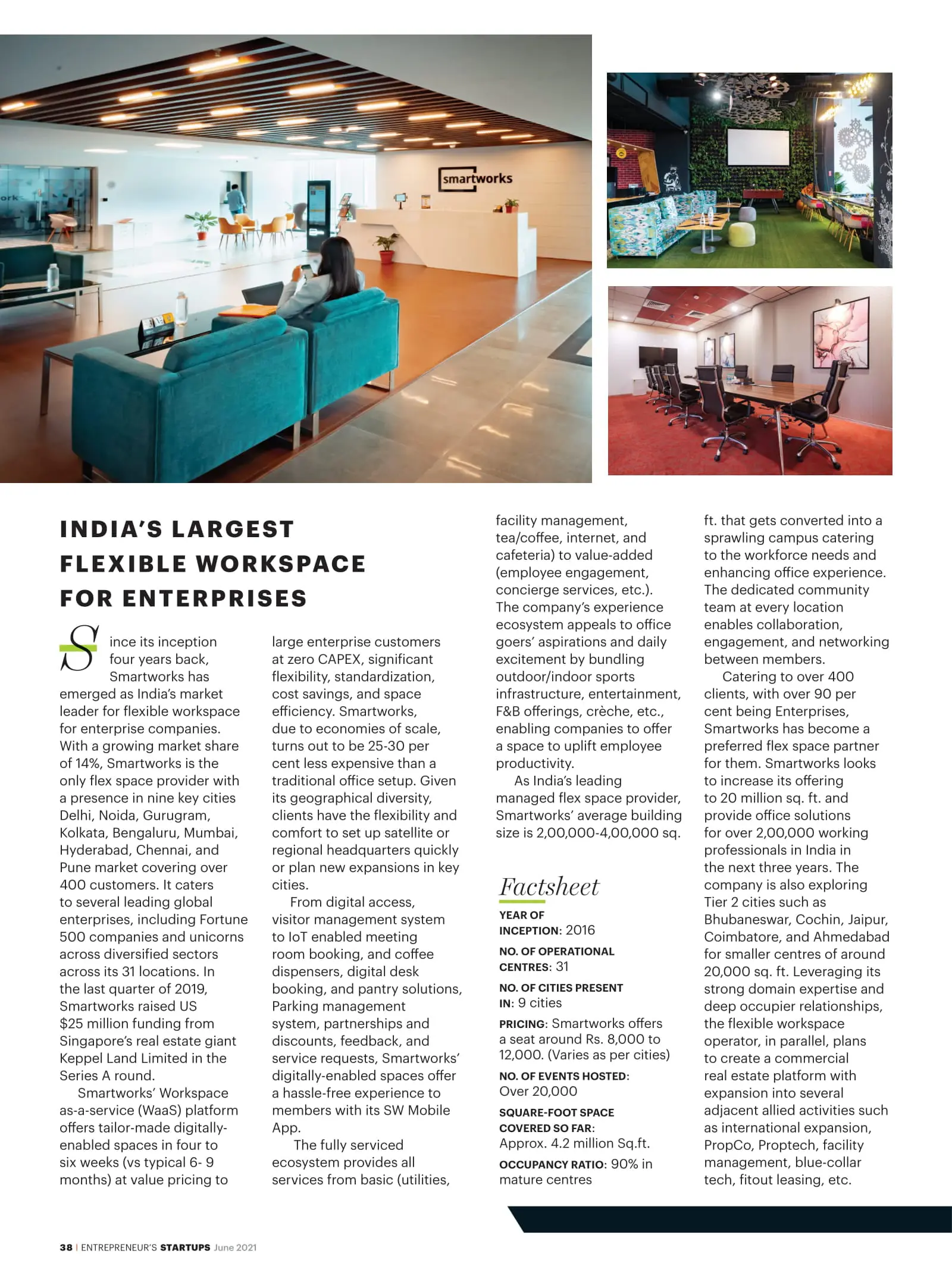
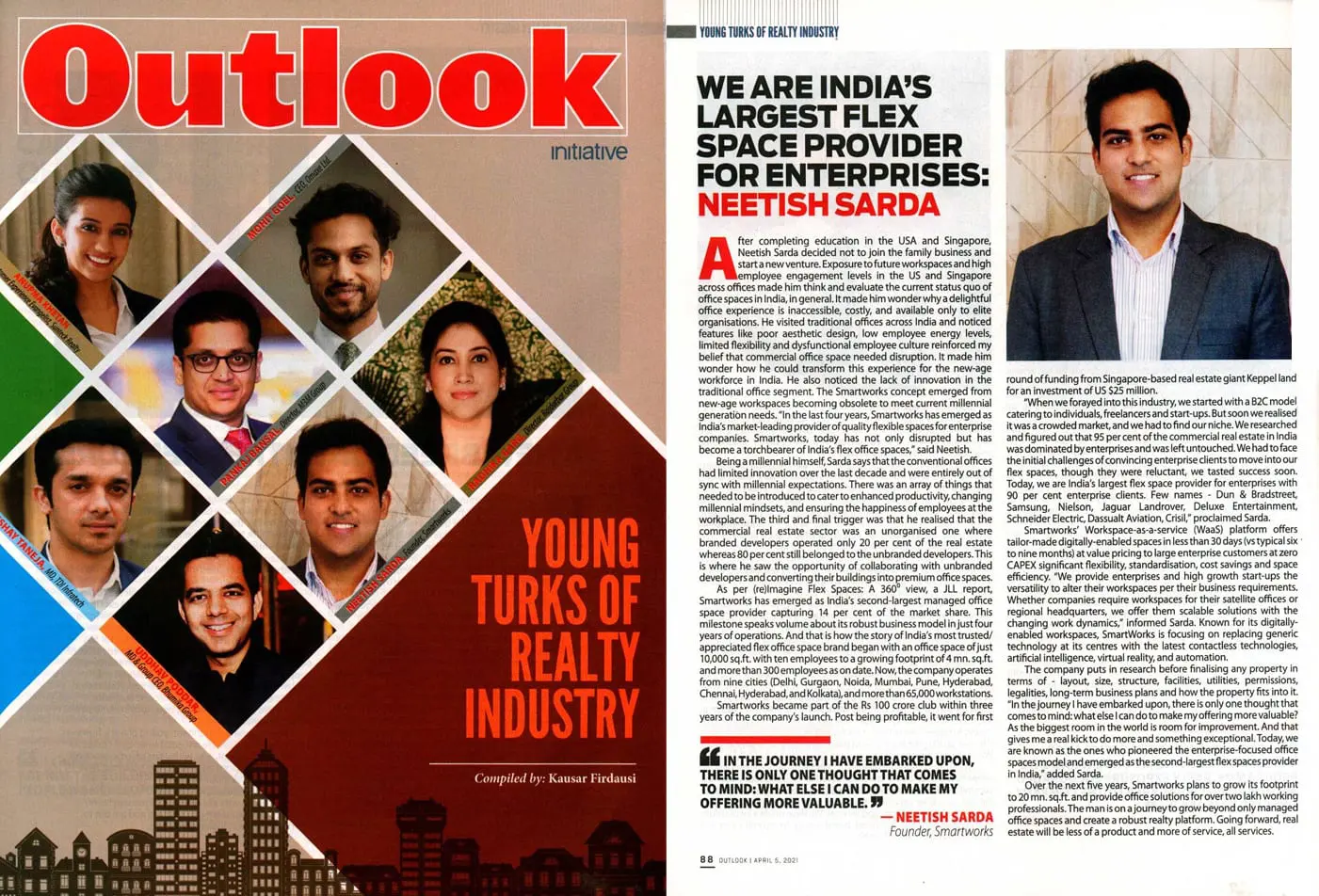

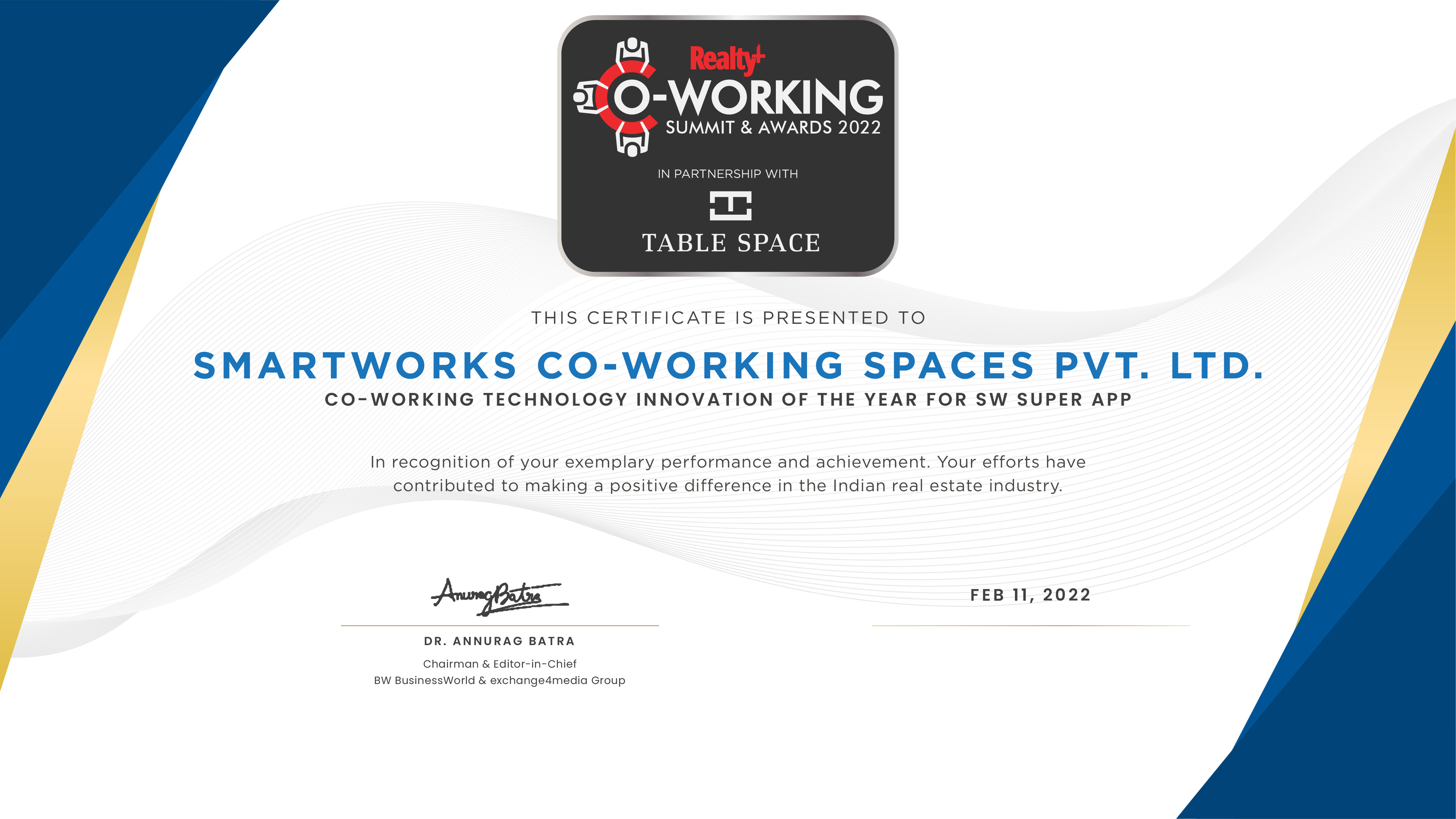
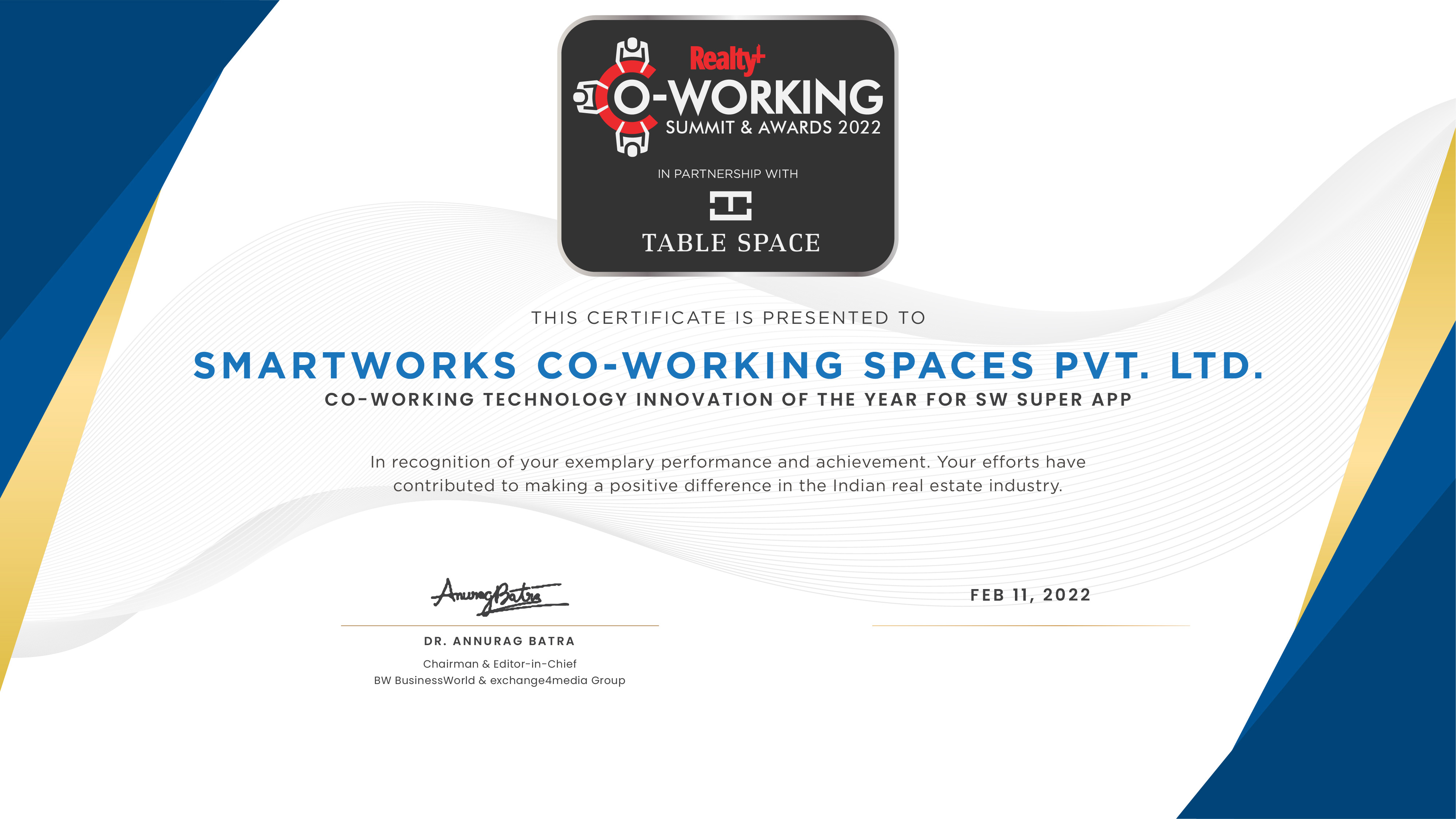
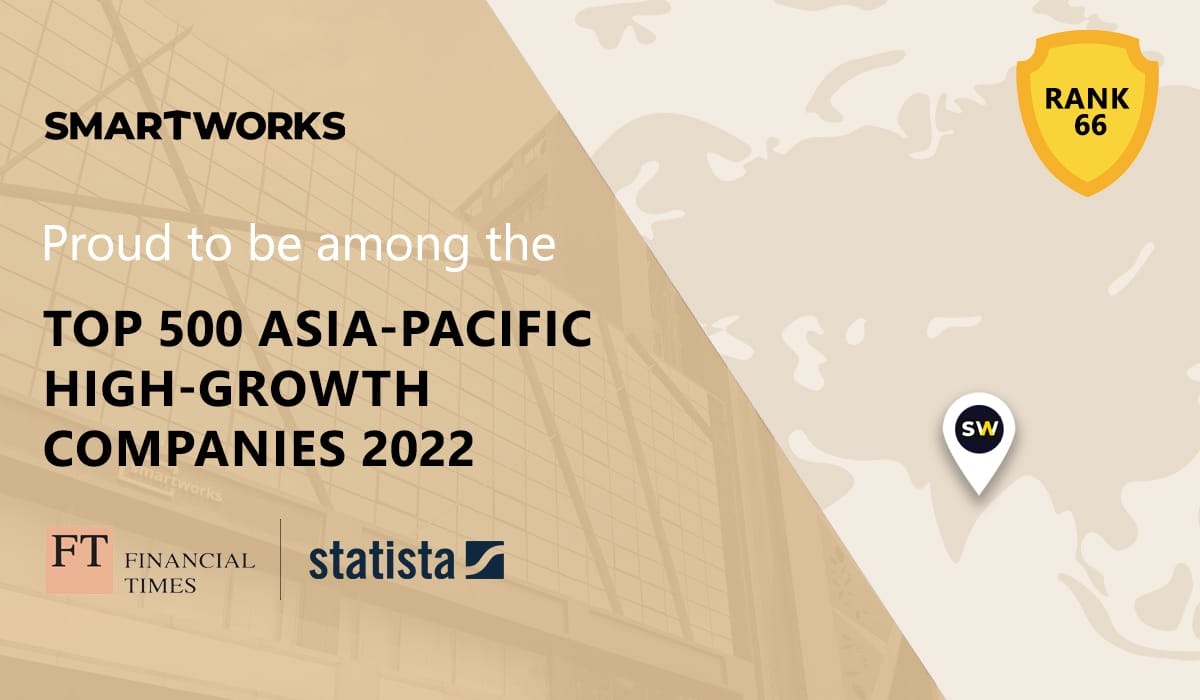



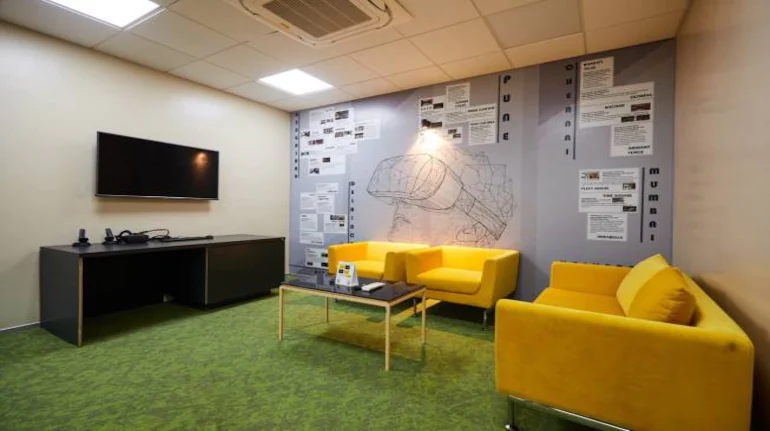




.jpg)



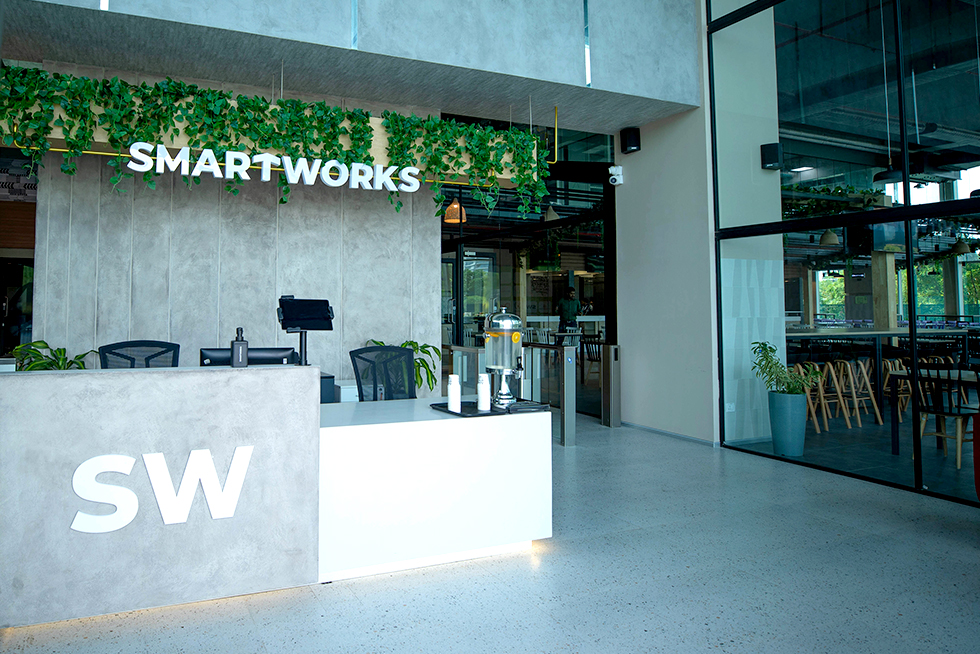
.webp)
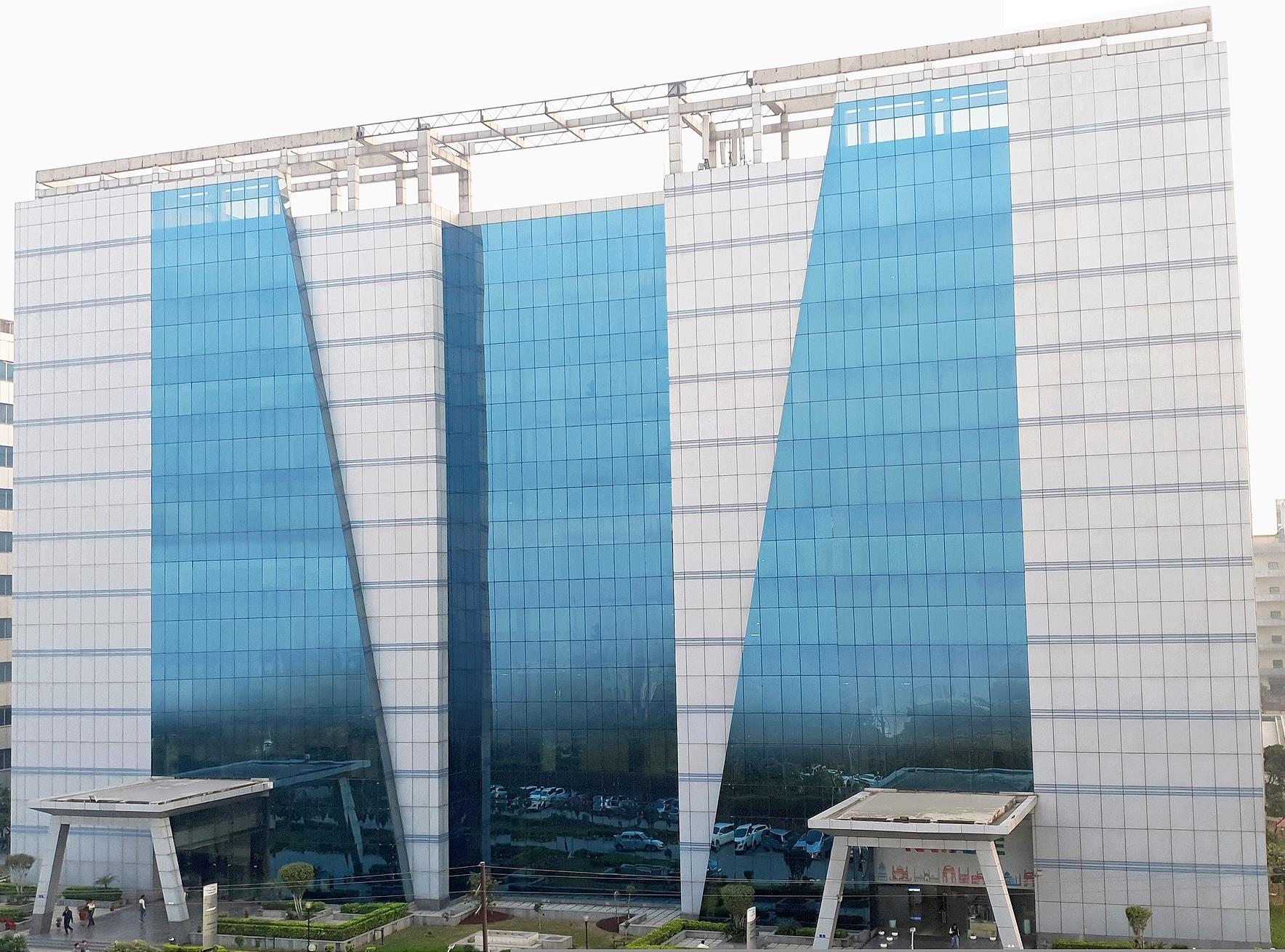
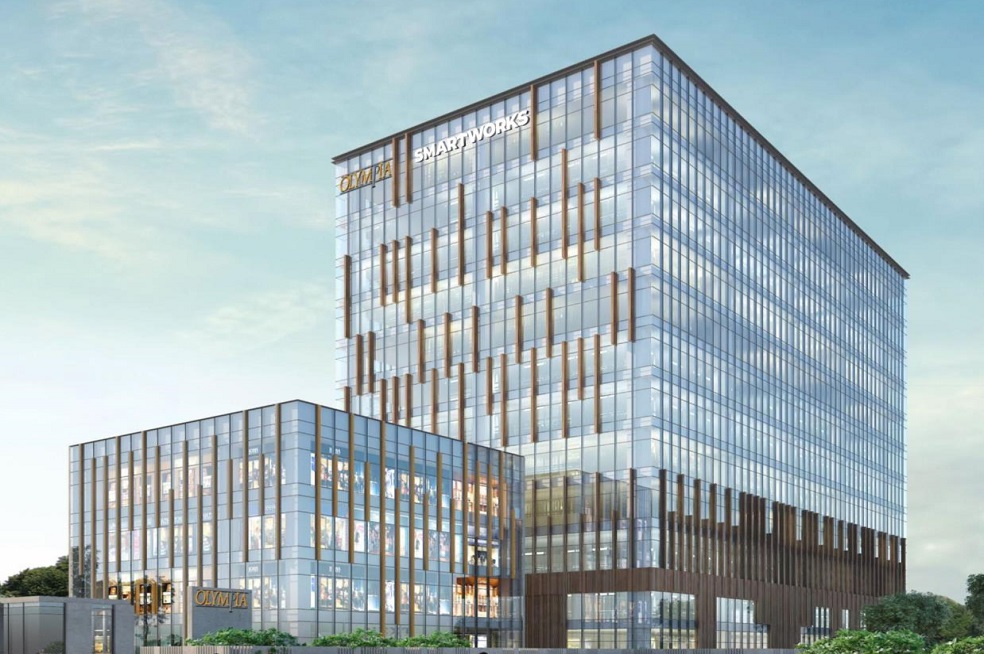


(1).jpg)
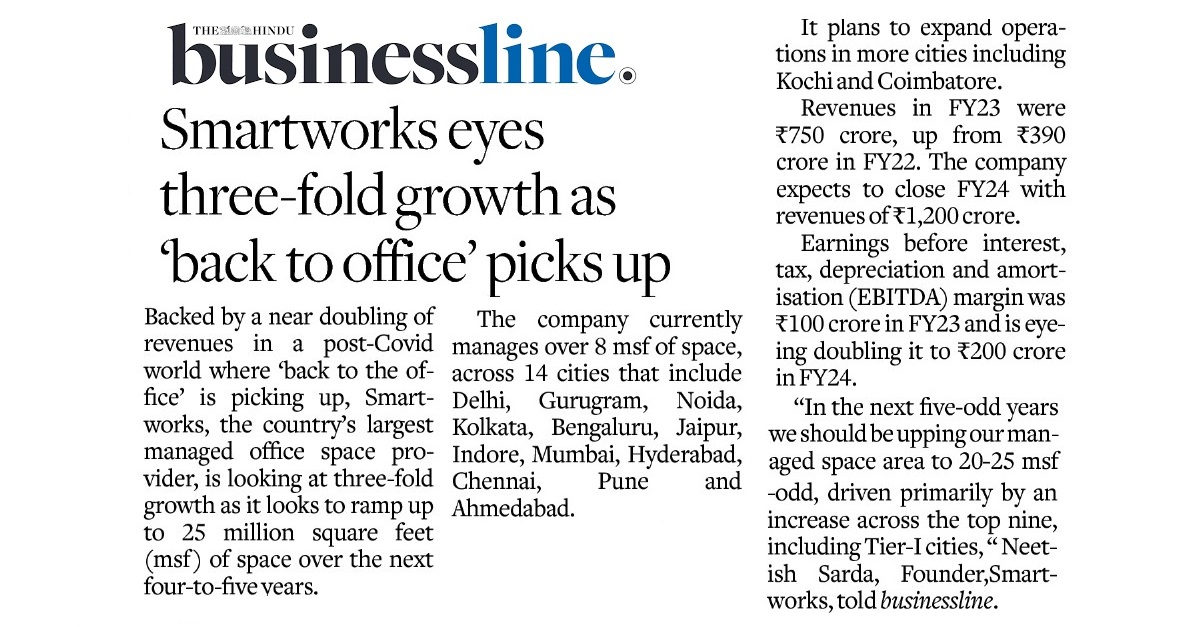
.png)
